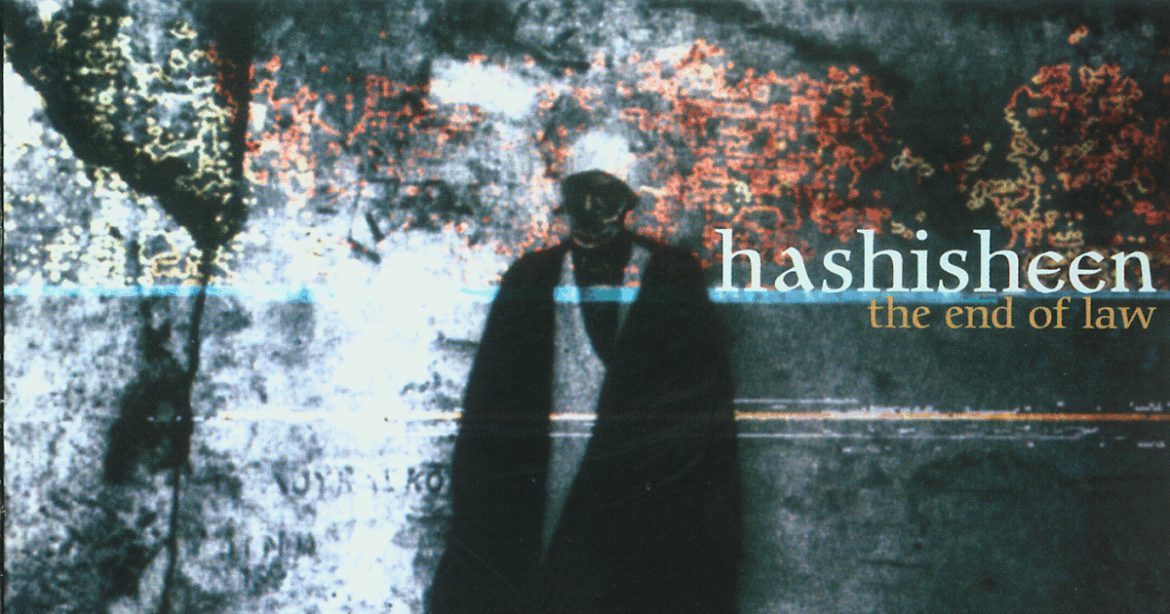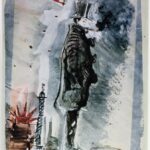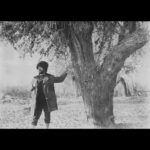The great origin story or foundation myth of cannabis and counterculture is that of Hassan-i-Sabbah and his Order of Assassins.
A fusion of fact and Orientalist fiction, the Assassin Legends are rooted in the era of the Crusades. Popularised in the writings of the Venetian traveller Marco Polo in the 13th Century, they were born from the fantasies of Christian Franks and the very real actions of the Nizari Ismailis, a Persianate Shia sect.
Based in the mountains of Syria, northern Iran, and Khorasan, the Nizaris expounded a profound, mystical form of Islam that was viewed as dangerously heretical by orthodox Sunnis. From their network of remote valleys and castles, most famously the fortress of Alamut, the Nizaris conducted audacious campaigns of assassination in a 104-year long rebellion against the immense power of the Seljuk Empire and Abbasid Caliphate.
Hashisheen: The End of Law is a collaboration between musician Bill Laswell and the American anarchist Peter Lamborn Wilson. Released in 1999 on the label Sub Rosa, the album features western pieces inspired by the tales of the Assassins together with translations of mystical texts that inspired the Nizaris themselves. Icons such as William Burroughs, Iggy Pop, and Patti Smith read from the works of Rimbaud, Shabestari, and the Old Man of the Mountain himself, Rashid al-Din Sinan.
Under the pen name Hakim Bey, Wilson is most famous for his prose–poem anarchist pamphlet T.A.Z..
Released in 1991, T.A.Z. set off a wave of radical real-world anarchist action everywhere from the spontaneous raves of Reclaim the Streets in ’90s UK and Australia to the 2011 anticapitalist protests of Occupy Wall Street.
Wilson himself denied that T.A.Z. was anything new. All he’d done in T.A.Z., he said, is identify a phenomenon as old as humankind: the temporary autonomous zone.
Here is an undated live commentary to the album by Wilson:






